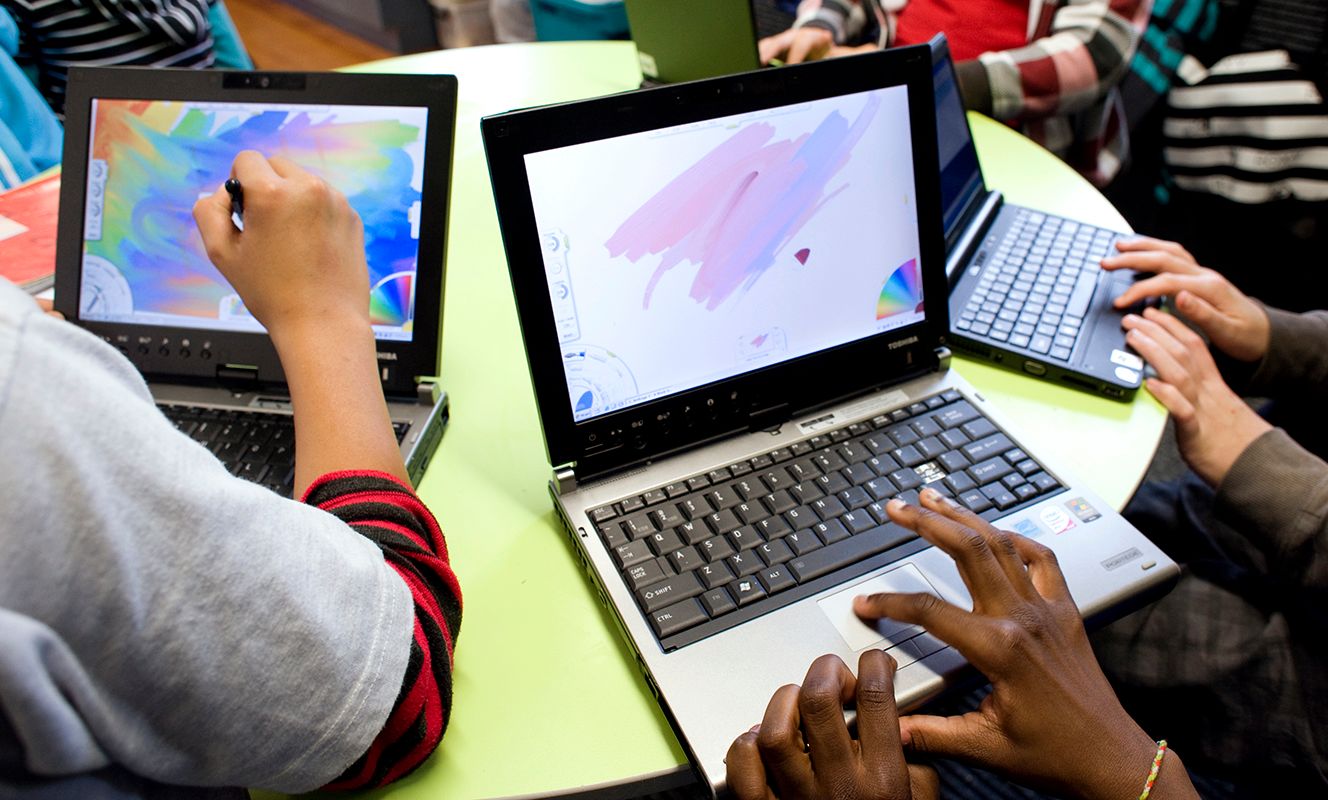
What makes educational tools so effective in modern learning? Educational tools have transformed how students learn by making lessons more interactive and engaging. They provide a variety of resources that cater to different learning styles, ensuring that every student can grasp complex concepts. From digital textbooks to interactive simulations, these tools offer a hands-on approach that traditional methods often lack. Teachers can also track progress in real-time, allowing for personalized instruction. Moreover, educational tools often incorporate gamification, making learning fun and motivating students to achieve their goals. In short, educational tools bridge the gap between traditional teaching and the digital age, making learning more accessible and effective for everyone.
The Power of Educational Tools
Educational tools have revolutionized how students learn and teachers teach. From digital platforms to interactive software, these tools make education more engaging and accessible.
-
Interactive Learning: Tools like Kahoot! and Quizlet turn studying into a game, making learning fun and interactive.
-
Accessibility: Platforms such as Khan Academy provide free educational resources to anyone with internet access.
-
Personalized Learning: Adaptive learning software like DreamBox tailors lessons to each student's needs, ensuring they grasp concepts at their own pace.
-
Collaboration: Google Classroom allows students and teachers to collaborate on assignments in real-time, fostering a sense of teamwork.
-
Virtual Labs: Tools like Labster offer virtual science labs, giving students hands-on experience without needing physical lab space.
Enhancing Teacher Efficiency
Teachers benefit immensely from educational tools, which streamline administrative tasks and enhance instructional methods.
-
Automated Grading: Software like GradeScope automates grading, saving teachers hours of manual work.
-
Lesson Planning: Tools such as Planboard help teachers organize and plan their lessons efficiently.
-
Professional Development: Platforms like Coursera offer courses for teachers to continue their education and improve their skills.
-
Communication: Apps like Remind facilitate communication between teachers, students, and parents, ensuring everyone stays informed.
-
Resource Sharing: Websites like Teachers Pay Teachers allow educators to share and sell lesson plans, activities, and other resources.
Bridging the Gap in Education
Educational tools help bridge gaps in education, providing opportunities for all students to succeed.
-
Special Education: Tools like Boardmaker assist students with special needs by providing visual supports and interactive activities.
-
Language Learning: Duolingo makes learning new languages accessible and fun for students of all ages.
-
Remote Learning: Platforms like Zoom and Microsoft Teams enable remote learning, ensuring education continues even outside the classroom.
-
Cultural Exchange: PenPal Schools connects students from around the world, promoting cultural understanding and global awareness.
-
STEM Education: Tools like Tynker and Code.org introduce students to coding and other STEM subjects, preparing them for future careers.
The Future of Educational Tools
The future of educational tools looks promising, with advancements in technology continually improving the learning experience.
-
Artificial Intelligence: AI-powered tools like Squirrel AI provide personalized tutoring, adapting to each student's learning style.
-
Virtual Reality: VR platforms like Google Expeditions allow students to take virtual field trips, exploring places they might never visit in person.
-
Gamification: Educational games like Minecraft: Education Edition make learning engaging by incorporating game elements into lessons.
-
Data Analytics: Tools like Edmodo provide teachers with data on student performance, helping them identify areas where students need more support.
-
Blockchain: Blockchain technology ensures the security and authenticity of academic records, making it easier to verify credentials.
Challenges and Considerations
While educational tools offer many benefits, there are also challenges and considerations to keep in mind.
-
Digital Divide: Not all students have access to the necessary technology, creating a gap in educational opportunities.
-
Privacy Concerns: Protecting student data is crucial, and educational tools must comply with privacy regulations.
-
Teacher Training: Teachers need proper training to effectively use new educational tools in their classrooms.
-
Cost: Some educational tools can be expensive, making it difficult for schools with limited budgets to implement them.
Final Thoughts on Educational Tools
Educational tools have transformed how we learn. From interactive apps to online courses, these resources make education more accessible and engaging. They cater to different learning styles, ensuring everyone can find something that works for them. Tools like Khan Academy, Duolingo, and Quizlet offer personalized learning experiences, making it easier to grasp complex concepts. Teachers also benefit from these tools, using them to enhance lesson plans and track student progress. As technology advances, educational tools will only get better, providing even more opportunities for effective learning. Embracing these tools can lead to a more enriched educational experience for students and educators alike. So, whether you're a student looking to improve your skills or a teacher seeking new ways to engage your class, educational tools are worth exploring. They hold the potential to make learning not just easier, but also more enjoyable.
Was this page helpful?
Our commitment to delivering trustworthy and engaging content is at the heart of what we do. Each fact on our site is contributed by real users like you, bringing a wealth of diverse insights and information. To ensure the highest standards of accuracy and reliability, our dedicated editors meticulously review each submission. This process guarantees that the facts we share are not only fascinating but also credible. Trust in our commitment to quality and authenticity as you explore and learn with us.


